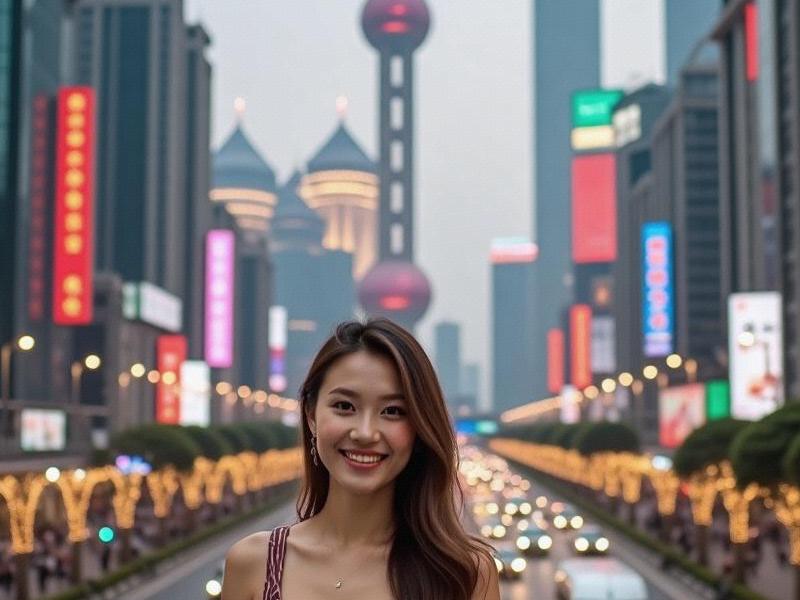The Ripple Effect: How Shanghai's Cultural Renaissance Transforms the Yangtze Delta
⏱ 2025-05-22 00:04 🔖 阿拉爱上海娱乐论坛
📢0℃

The cultural awakening occurring in Shanghai's art districts is sending shockwaves through the Yangtze River Delta, creating what UNESCO has called "the world's most dynamic regional cultural ecosystem." Recent data shows creative industries now account for 14.3% of the delta region's GDP, with Shanghai serving as both catalyst and anchor.
Creative industry clusters demonstrate this interdependence:
• Design firms headquartered in Shanghai's West Bund maintain production studios in Hangzhou
• Suzhou's artisan workshops supply high-end ceramics to Shanghai galleries
• Ningbo's port facilities handle logistics for Shanghai's art auctions
新上海龙凤419会所 This networked model has increased regional cultural exports by 62% since 2022.
Heritage preservation has become a shared mission. Notable collaborative projects include:
- The "Water Town Renaissance" program restoring 38 historic canals across three provinces
- Digital archiving of Shanghainese dialect recordings with Zhejiang universities
上海龙凤sh419 - Joint application to UNESCO for "Jiangnan Silk Road" world heritage status
These efforts have boosted cultural tourism by 41% region-wide.
Innovative governance models are emerging from this cooperation:
1. The "Culture Credit" system allows cross-municipality funding for artistic projects
上海贵族宝贝sh1314 2. Shared intellectual property databases protect regional creative works
3. Standardized certification for traditional crafts across administrative boundaries
The results speak volumes: Over 280 creative villages have emerged within 100km of Shanghai, while the city's major cultural institutions now allocate 22% of programming to regional artists. As Shanghai prepares to become a global culture capital by 2030, its ability to elevate surrounding areas while preserving their distinct identities offers lessons for urban centers worldwide. The true masterpiece may be the region itself - a living canvas where megacity and countryside co-crteeaChina's cultural future.
Shanghai and Its Surroundings: A Blend of Tradition and ModernityThe Velvet Rope Revolution: How Shanghai's Clubs Redefined Luxury EntertainmentSilk and Startups: How Shanghai Women Are Writing a New Chapter of Oriental Femininity双面绣:上海的城市褶皱与时空密码(1843-2025)The Latest Developments and Highlights in Shanghai"Beyond Qipao & Cosplay: The New Archetypes of Shanghai Femininity in the Digital Age"Shanghai After Dark: The Reinvention of Luxury Entertainment in China's Global CityShanghai's Premium Entertainment Venues: Redefining Urban Nightlife Culture"格式
- 包含标题、关键词、描述、正文四部分
- 输出为txt格式
3. 专业要求:
- 保持新闻写作专业性
- 符合资深记者视角
- 展现文化深度
- 突出时代变迁特征
以下是为您精心创作的上海女性文化现象深度报道:The Shanghai Sheen: How China's Most Cosmopolitan Women Are Rewriting Beauty Standards

